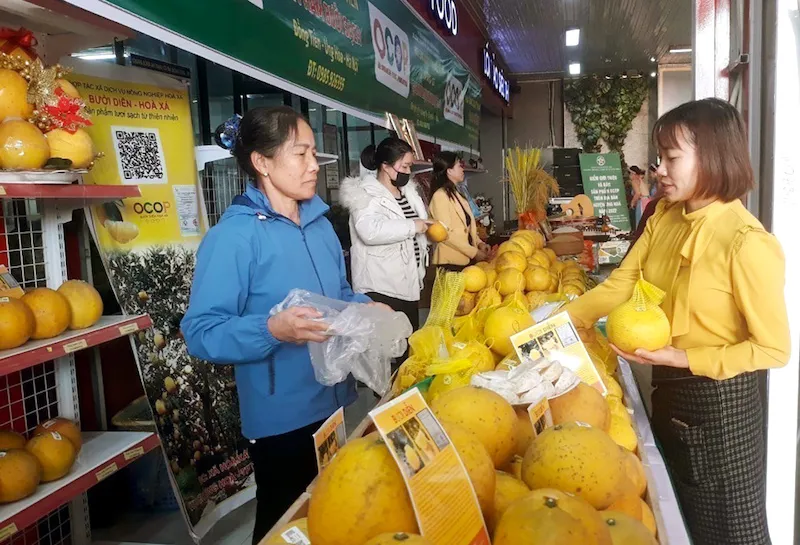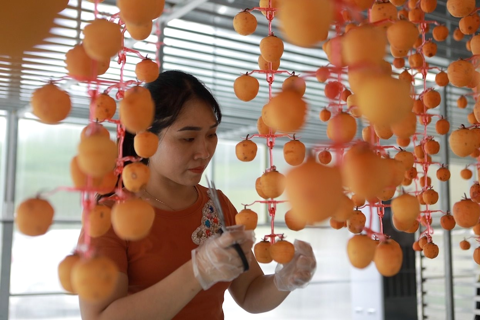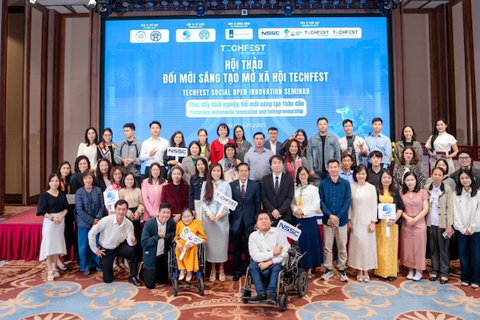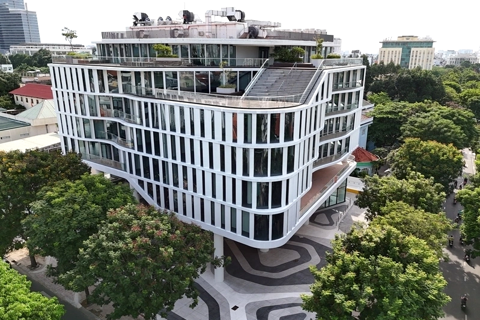Hanoi to set up 10 creative design centers to boost tourism
The centers are designed to increase the capacity of local artisans for creative design aimed at tourism.
Hanoi aims to recognize five to ten creative design centers by the end of 2024, where products under the
One Commune One Product (OCOP) program will be marketed, and the city's tourism-linked handicraft villages will be promoted, according to the newly released plan of the Hanoi People's Committee.
| Local consumers shop at an OCOP showroom in My Duc District. Photo: Hoai Nam/ The Hanoi Times |
Funding for setting up these sites will come from the State budget and private resources, according to the plan.
Hanoi's Department of Industry and Trade will work with other departments, sectors, district-level People's Committees, and relevant units to roll out the plan and periodically evaluate and report to the municipal People's Committee and the Ministry of Industry and Trade.
The centers are expected to enhance the capacity of local craftsmen in creative design for tourism, serve as a showroom for the production process of handicrafts, and promote the image of these trade villages.
In addition, the centers will contribute to the preservation, restoration and development of the cultural aspects of creative design.
Previously, by the end of 2023, the city planned to set up five to nine centers in Bat Trang (Gia Lam District), Duyen Thai (Thuong Tin), Chuyen My (Phu Xuyen), Phu Nghia (Chuong My), Duyen Ha (Thanh Tri), Di Trach (Hoai Duc), Van Ha (Dong Anh), Hoa Lam (Ung Hoa), Van Phuc Silk Village (Ha Dong).
According to the Hanoi Coordination Office of the New Rural Development Program, the city has recognized 2,167 OCOP products in the past four years, accounting for 22% of the country's total.
Among Hanoi's OCOP products, the proportion of four-star products is particularly high, reaching 67%, surpassing the national average of 32%.
Nguyen Van Chi, deputy head of the Hanoi Coordination Office of the New Rural Construction Program, said the data shows that Hanoi's OCOP products have experienced significant growth in both quantity and quality. It positions the city as one of the leading regions in successfully implementing the OCOP program so far.











